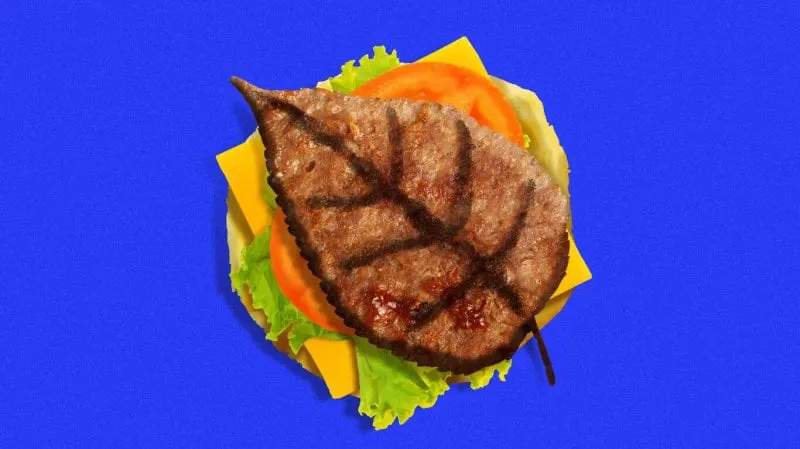Viewpoint: Reaching net zero US agriculture emissions
Viewpoint: Reaching net zero US agriculture emissions — As part of his infrastructure plan, Biden could ‘unleash climate-friendly food innovation’ by backing novel foods like alternative proteins, low-emission meats


By procuring novel foods like alternative proteins and low-emission meats, the Biden administration could unleash a wave of climate-friendly food innovation and production, leading to reduced agricultural emissions, while also scaling up new industries.
…
While the Biden administration has boldly called for making U.S. agriculture the first net zero emissions agricultural sector in the world, it has not taken full advantage of core government capabilities to mitigate emissions. Livestock production accounts for at least 42% of US agricultural emissions, with the majority of these gases released in the form of methane from cows. With federal procurement, there is significant untapped potential to increase demand for sustainable food production and shape consumption trends. The government spends a vast amount of money – about $2 billion dollars a year, on average – purchasing animal products for food assistance, school lunches, reservations, soup kitchens, food banks, and others, in addition to feeding the military.
Federal procurement of emerging food technologies like alternative proteins, specifically plant-based or cultivated meats, and low-carbon animal products will dramatically reduce the carbon footprint of the food that the government buys and scale up these climate-mitigating industries.
Read the original post

 | Videos | More... |

Video: Nuclear energy will destroy us? Global warming is an existential threat? Chemicals are massacring bees? Donate to the Green Industrial Complex!
 | Bees & Pollinators | More... |

GLP podcast: Science journalism is a mess. Here’s how to fix it

Mosquito massacre: Can we safely tackle malaria with a CRISPR gene drive?

Are we facing an ‘Insect Apocalypse’ caused by ‘intensive, industrial’ farming and agricultural chemicals? The media say yes; Science says ‘no’
 | Infographics | More... |

Infographic: Global regulatory and health research agencies on whether glyphosate causes cancer
 | GMO FAQs | More... |

Why is there controversy over GMO foods but not GMO drugs?

How are GMOs labeled around the world?

How does genetic engineering differ from conventional breeding?
 | GLP Profiles | More... |

Alex Jones: Right-wing conspiracy theorist stokes fear of GMOs, pesticides to sell ‘health supplements’




 Trust issues: What happens when therapists use ChatGPT?
Trust issues: What happens when therapists use ChatGPT? Fighting deforestation with CO2: Biotechnology breakthrough creates sustainable palm oil alternative for cosmetics
Fighting deforestation with CO2: Biotechnology breakthrough creates sustainable palm oil alternative for cosmetics Viewpoint — Fact checking MAHA mythmakers: How wellness influencers and RFK, Jr. undermine American science and health
Viewpoint — Fact checking MAHA mythmakers: How wellness influencers and RFK, Jr. undermine American science and health Viewpoint: Video — Big Solar is gobbling up productive agricultural land and hurting farmers yet providing little energy or sustainabilty gains
Viewpoint: Video — Big Solar is gobbling up productive agricultural land and hurting farmers yet providing little energy or sustainabilty gains California, Washington, Oregon forge immunization alliance to safeguard vaccine access against federal undermining
California, Washington, Oregon forge immunization alliance to safeguard vaccine access against federal undermining 30-year-old tomato line shows genetic resistance to devastating virus
30-year-old tomato line shows genetic resistance to devastating virus The free-range chicken dilemma: Better for birds, but with substantial costs
The free-range chicken dilemma: Better for birds, but with substantial costs ‘You have to treat the brain first’: Rethinking chronic pain with Sanjay Gupta
‘You have to treat the brain first’: Rethinking chronic pain with Sanjay Gupta
